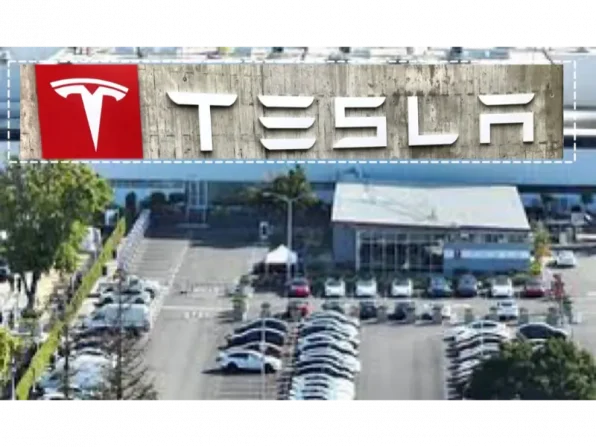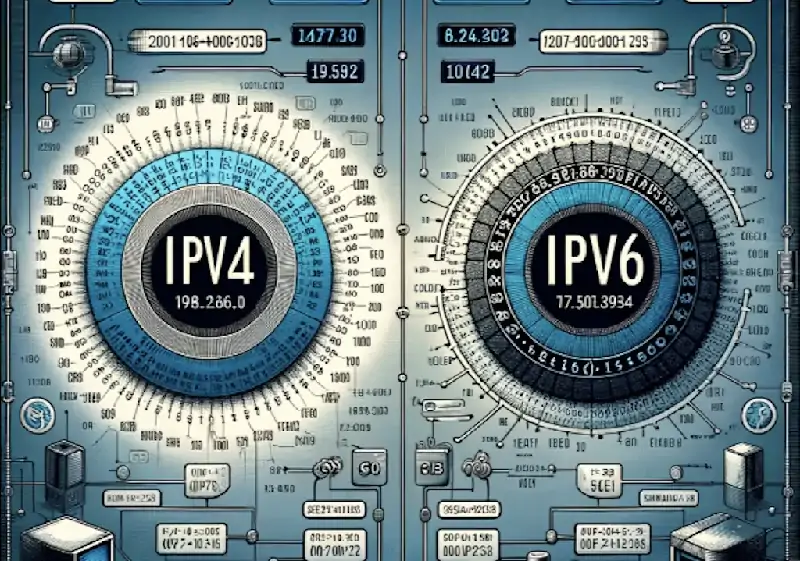- Analyse the potential effects of bitcoin cash’s 2024 halving on its mining profitability and network security.
- Examine the possible influence of the halving event on bitcoin cash’s price, market dynamics, and investor sentiment.
- Discuss strategies for miners, investors, and traders to navigate the challenges and opportunities presented by the halving event in the bitcoin cash ecosystem.
Bitcoin cash, a cryptocurrency tailored for swift, cost-effective transactions, is on the verge of its halving event set for April 3. This pivotal juncture, marking a halving of rewards for mining new blocks, carries significant ramifications for miners’ profitability, investors’ strategies, and the broader dynamics of the cryptocurrency market.
What is bitcoin cash halving?
Bitcoin cash emerged on August 1, 2017, following a hard fork from bitcoin, prompted by a discord within the bitcoin community regarding network scalability. Advocates for bitcoin cash advocated for enlarging the block size limit to accommodate more transactions per block, aiming to enhance transaction speed and diminish fees, positioning bitcoin cash as a more pragmatic option for daily and microtransactions compared to bitcoin.
Concurrently, another blockchain surfaced: Bitcoin SV (BSV), stemming from a hard fork of bitcoin cash (BCH) in November 2018. This schism primarily resulted from disagreements within the bitcoin cash community concerning the network’s technical trajectory, with BSV striving to revert bitcoin to its original protocol and substantially amplify block size to scale the network.
Also read: Who is Satoshi Nakamoto? The hunt for bitcoin’s elusive founder
Analogous to bitcoin and litecoin, the bitcoin cash blockchain employs the Proof of Work (PoW) consensus mechanism, necessitating miners to solve intricate cryptographic puzzles to authenticate transactions and forge new blocks. This process ensures network security and decentralisation, as successfully mining a block and appending it to the blockchain mandates substantial computational exertion, rewarded with BCH. The halving event further diminishes this mining reward, aiming to regulate inflation and emulate scarcity, thereby influencing the overall supply and potentially the value of BCH over time.
Bitcoin cash halving constitutes an event halving the reward for mining new blocks on the BCH blockchain by half. Initially established at 12.5 BCH per block, the reward dwindles at predetermined intervals to govern the supply and incentivise miners.
The bitcoin cash block halving event, occurring roughly every four years or after 210,000 blocks, will slash the mining reward from 6.25 BCH to 3.125 BCH. This mechanism, ingrained in bitcoin cash’s code, curtails the pace at which new BCH is minted, mirroring scarcity and managing inflation akin to gold. This stands in contrast to traditional FIAT currencies, susceptible to inflation from augmented supply by governments or banks. With a total cap of 21 million BCH, bitcoin cash aims to furnish a deflationary buffer against inflation, bolstering its value and adoption potential.
How halving influences bitcoin cash ecosystem
Halving directly impacts bitcoin cash by halving the block rewards granted to miners. This substantial alteration affects various facets of the BCH ecosystem:
Miners and Network Security: The immediate repercussion of halving. Diminished rewards might engender reduced profitability for miners, notably those operating with hefty costs or antiquated equipment. This downturn could induce a temporary slump in mining activity, conceivably impacting network security. Nonetheless, if the BCH price surges in response to the diminished supply, mining could remain profitable, thereby upholding network security.
Transaction Fees: With the reduction in block rewards, miners may accord precedence to transactions with higher fees. While bitcoin cash is renowned for its low transaction fees, there might be a slight escalation as miners endeavor to offset lost block rewards.
BCH Price Performance Pre and Post Halving: Historically, halving events have precipitated long-term price hikes. The diminished influx of new coins into the market can trigger upward pressure on price, provided demand remains steady or escalates.
Also read: Bitcoin mining difficulty hits 84 trillion ahead of bitcoin halving
What is the impact of halving on BCH miners?
Miners confront both hurdles and prospects due to halving:
Challenges: The immediate hurdle is the slump in profitability owing to halved block rewards. Miners with elevated operational expenses might encounter difficulties sustaining their operations.
Opportunities: Halving can also stimulate price appreciation, rendering mining more lucrative in the long haul. Miners might also explore efficiency enhancements or temporarily switch to mining other cryptocurrencies.
The bitcoin bash halving of 2024 represents a watershed moment fraught with both opportunities and challenges. For miners, it necessitates a reassessment of profitability and potentially a shift in strategies. For investors and traders, the halving presents prospects for price appreciation but mandates prudent planning and risk mitigation.
As the halving looms, attention will be riveted on bitcoin cash, anticipating its repercussions on the wider cryptocurrency landscape. The 2024 halving could underscore bitcoin cash’s resilience and ingenuity, potentially laying the groundwork for its future expansion and adoption.









